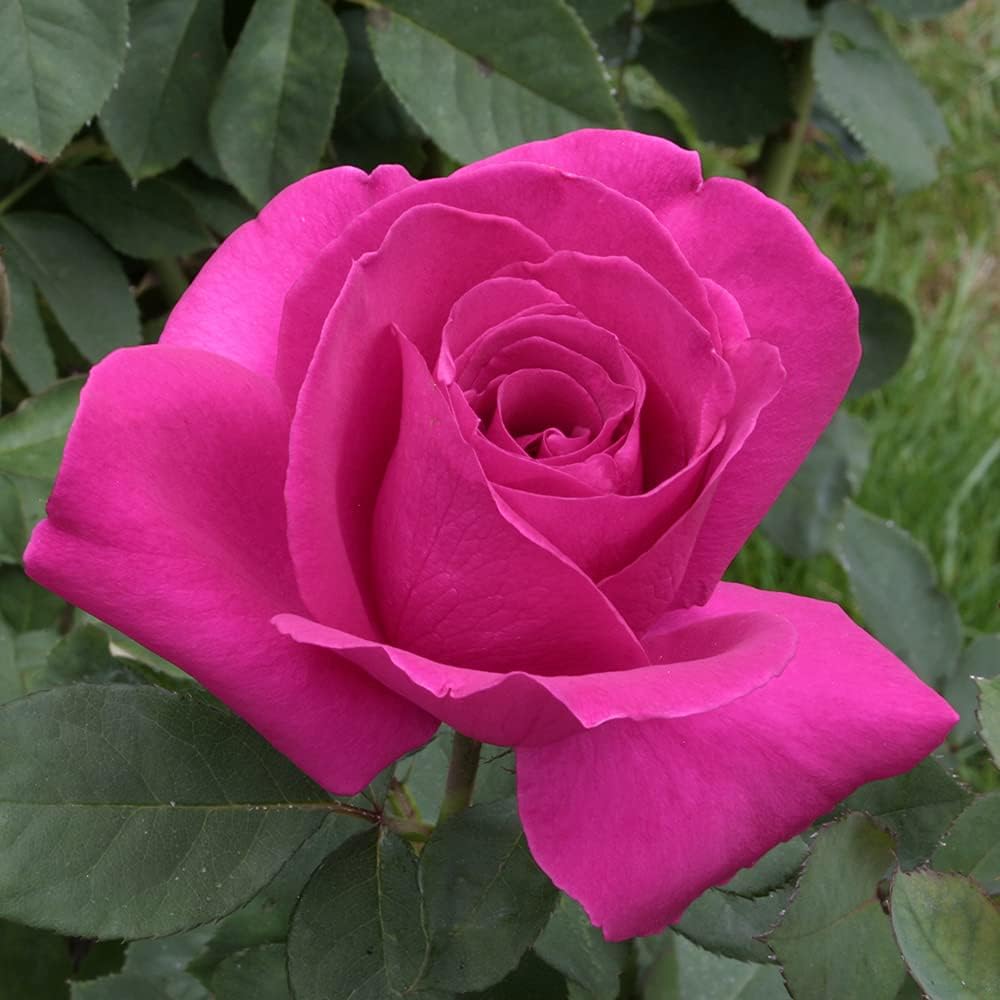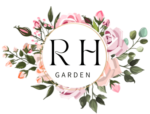Purple Beauty rose

Purple Beauty rose
Growing a rose that combines dramatic coloring and a delightful scent can transform any garden into a showpiece. One outstanding choice is the Purple Beauty Rose, a mauve-hued hybrid tea introduced by Douglas L. Gandy in 1979. With its steady flush of blooms and intense fragrance, this classic variety wins the hearts of rose enthusiasts and casual gardeners alike.
Striking Appearance and Growth Habit
This enchanting rose displays large, high-centered blossoms that reach about 4 to 5 inches across. Each bloom reveals a luxurious blend of mauve and lavender, complemented by 26 to 40 full petals. Dark green foliage frames the flowers, allowing the vibrant color to stand out even more. Its upright growth habit reaches around 4 to 5 feet, making it a remarkable focal point in any border or container.
Ideal Conditions for Optimal Growth
Gardeners who wish to see this variety thrive should plant it in full sun. It adapts to a wide pH range (5.6 to 7.8) and performs best in well-draining soil. Regular watering and an annual application of balanced fertilizer will support continuous flowering and healthy foliage. Thanks to a medium-tall habit, you can place this rose in mixed perennial beds or as a standalone statement piece near walkways.
Season-Long Blooms and Uses
A vigorous repeat bloomer, this rose produces flushes of new flowers from spring until fall. Its notable fragrance enhances outdoor seating areas, while the showy blooms create stunning bouquets for indoor enjoyment. Exhibitors often favor this rose for cutting due to its high-centered form and lasting vase life.
Key Highlight Characteristics Purple Beauty Rose
- Class: Hybrid Tea
- Bloom Size: 4-5 inches
- Bloom Shape: High-centered
- Petal Count: 26-40 petals
- Color: Mauve and lavender blend
- Growth Habit: Medium tall (4-5 feet), upright
- Fragrance: Strong
- Hybridizer & Year: Douglas L. Gandy, 1979
- Optimal Growing Zones: USDA zone 6 and warmer
- Uses: Cut flowers, showy garden specimen
Brief Description
This variety offers consistent mauve and lavender coloring on a well-shaped shrub. Its foliage remains dark green, creating a striking contrast that draws admiration throughout the growing season. Enthusiasts prize it for exhibition and regular cutting, and it continues to reward with new flowers as the weather warms. Regular deadheading encourages further bloom flushes, allowing gardeners to enjoy its beauty for months.
